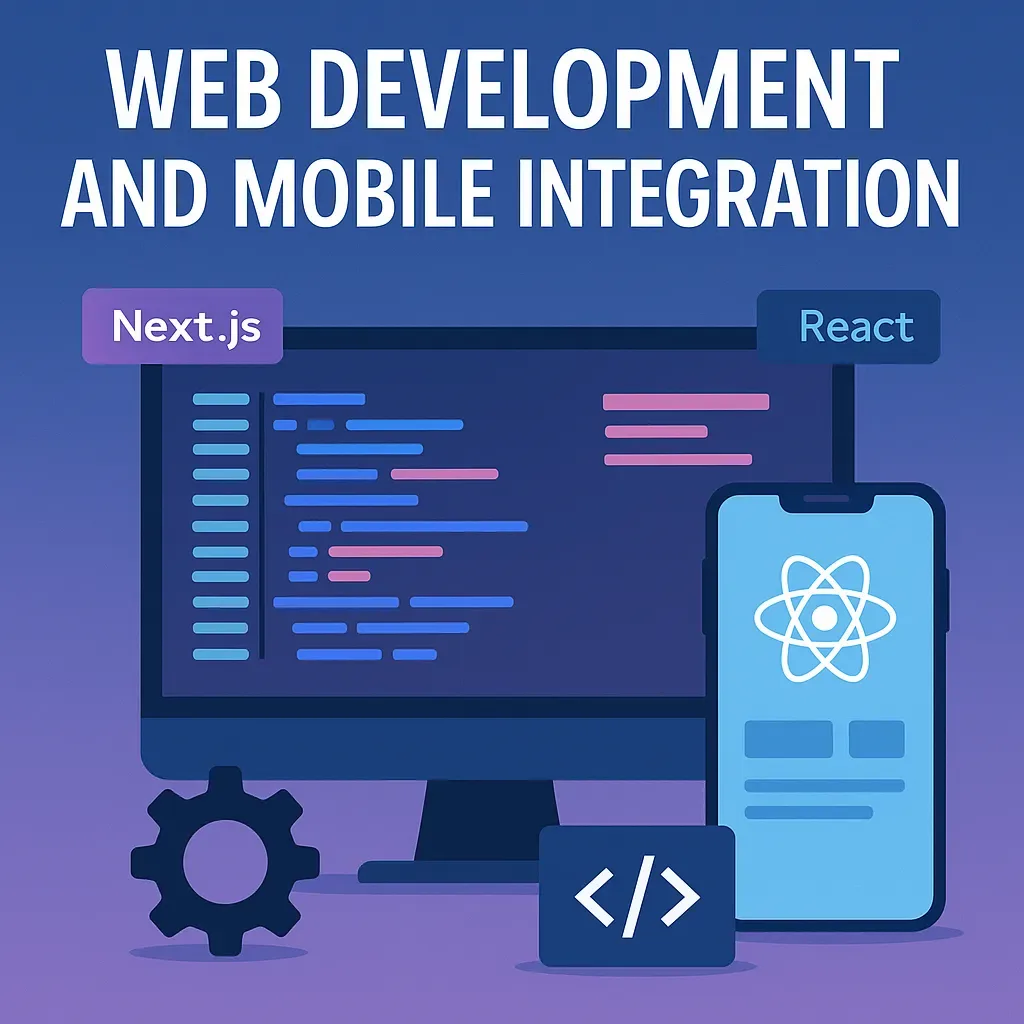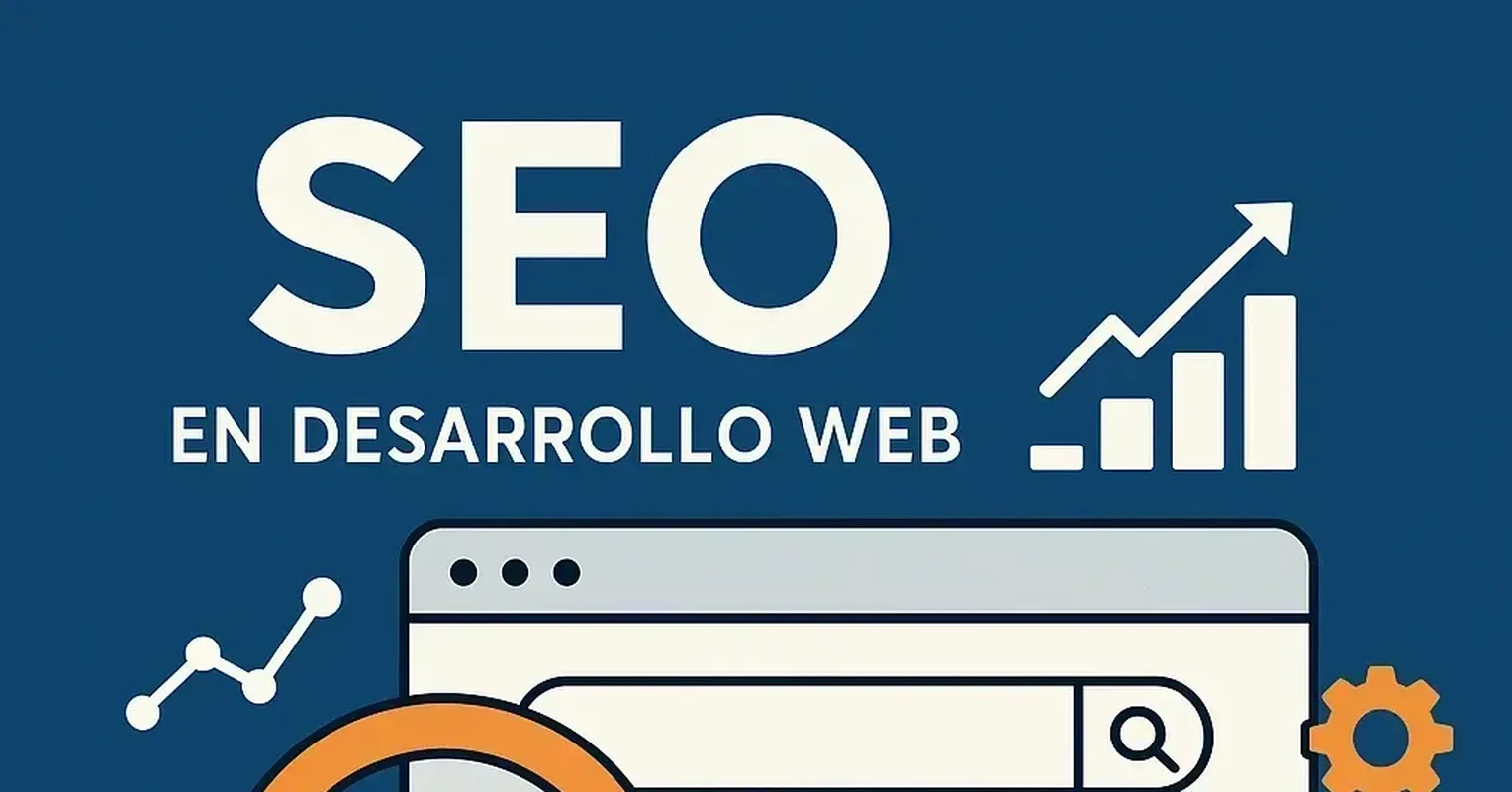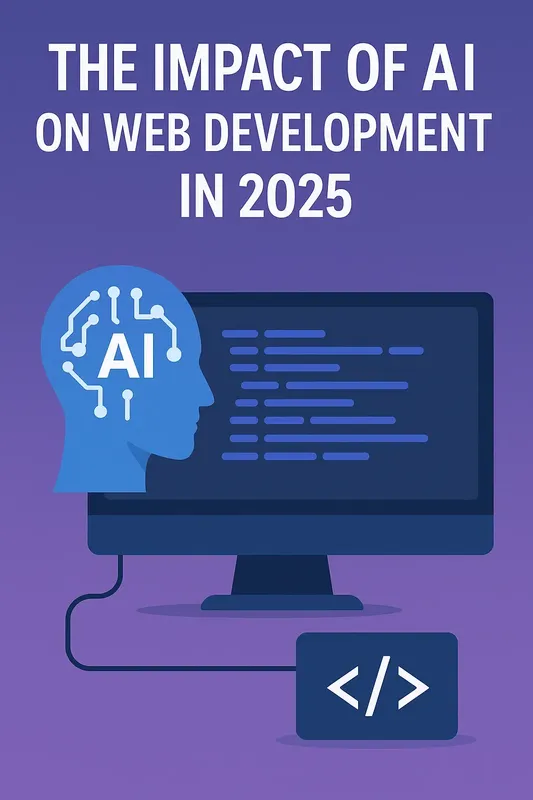Web and Mobile Development: Efficient Integration in 2025
enero 09, 2025| Articles

Web and Mobile Development: Efficient Integration in 2025
In the past decade, web and mobile development have significantly evolved, drawing closer together thanks to technologies that enable efficient integration between both platforms. This article explores how developers can leverage these trends in 2025, highlighting key strategies and tools.
The Convergence of Platforms
The line between web and mobile development has blurred, with tools like React Native, Flutter, and JavaScript-based frameworks leading the charge. Creating applications that share code across platforms has become the norm to maximize efficiency and reduce costs.
For example, Next.js, a popular React framework, is widely used for web applications due to its server-side rendering (SSR) and static site generation (SSG) capabilities. Combined with React Native, developers can share components and business logic across web and mobile, ensuring a consistent experience.
Strategies for Effective Integration
- User-Centered Design: Ensure the user experience is seamless across platforms. This involves adapting designs to the specificities of each device, such as screen sizes and interaction patterns.
- Unified API: The backend plays a crucial role in integration. Using RESTful APIs or GraphQL allows web and mobile apps to consume data from a single source, simplifying maintenance.
- Componentization: Reuse components across platforms. Tools like React Native for Web enable mobile components to run in browsers with minimal adjustments.
- Cross-Platform Testing: Implement a testing flow that ensures both web and mobile versions perform as expected, including automated and manual tests.
Key Technologies in 2025
- Next.js and React Native: A powerful duo for sharing logic across web and mobile.
- Expo: Simplifies mobile app development with React Native, including the ability to share projects easily with non-technical teams.
- WebAssembly (WASM): While not directly mobile, WASM enables near-native performance in browsers, potentially influencing progressive mobile development.
Successful Use Cases
Many companies are already adopting this integrated approach. For instance, e-commerce platforms use hybrid technologies to manage inventories across mobile apps and websites. This model is also effective for projects like point-of-sale systems, which require connectivity and consistency across multiple devices.
Conclusion
In 2025, integration between web and mobile development will be even more critical. Adopting technologies and strategies that prioritize efficiency and user experience will allow developers to create innovative and scalable solutions, positioning themselves as market leaders.
Tags:
Latest articles
Explore all posts
- abril 20, 2025
- /Articles
El SEO (Search Engine Optimization) es fundamental para el éxito de cualquier sitio web.
Read more
- marzo 13, 2025
- /News
The artificial intelligence (AI) is transforming every aspect of web development, from how we...
Read more